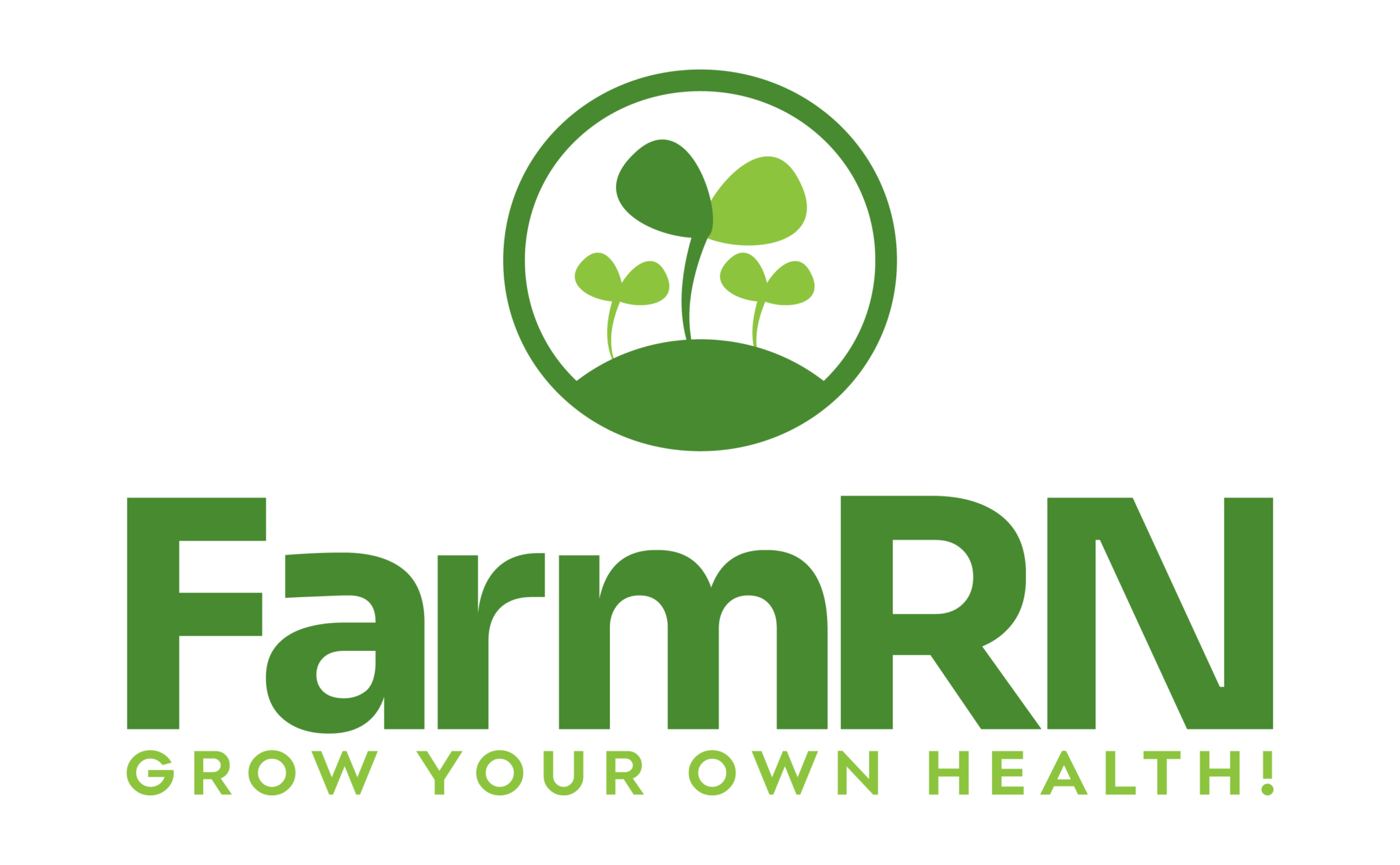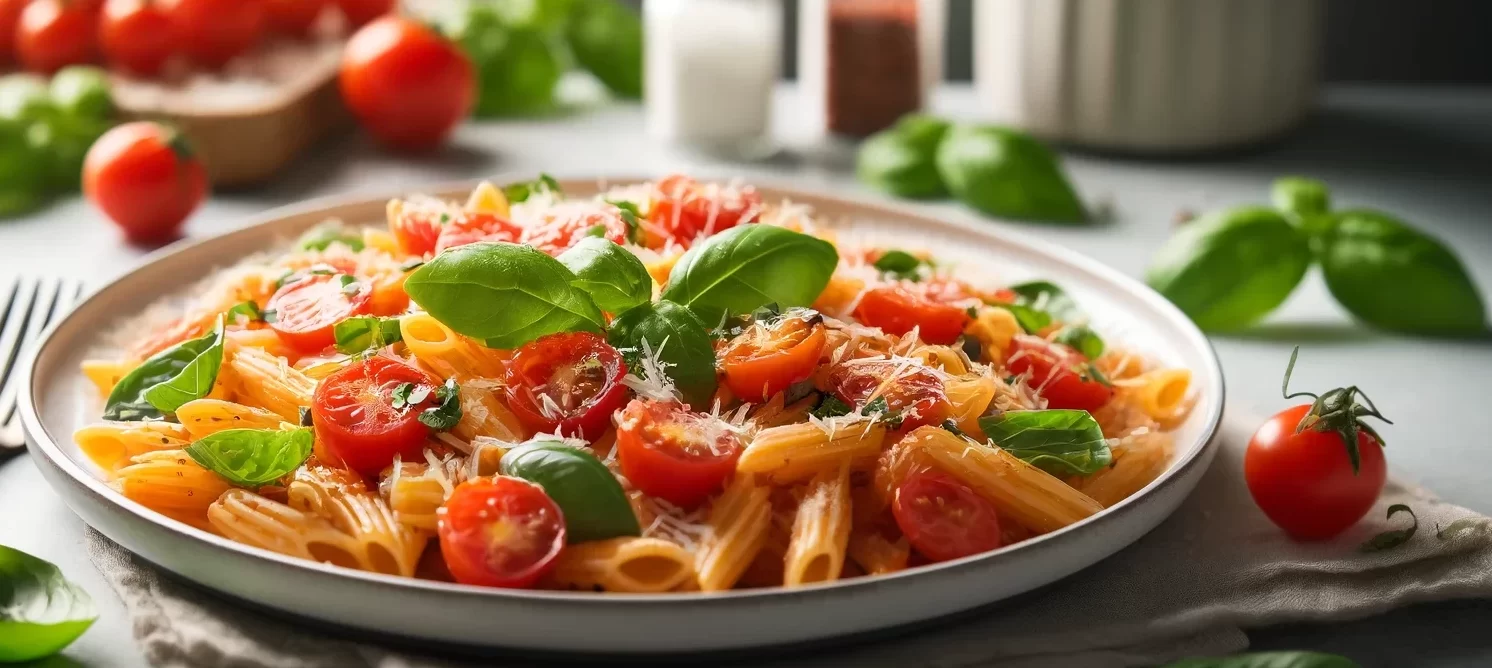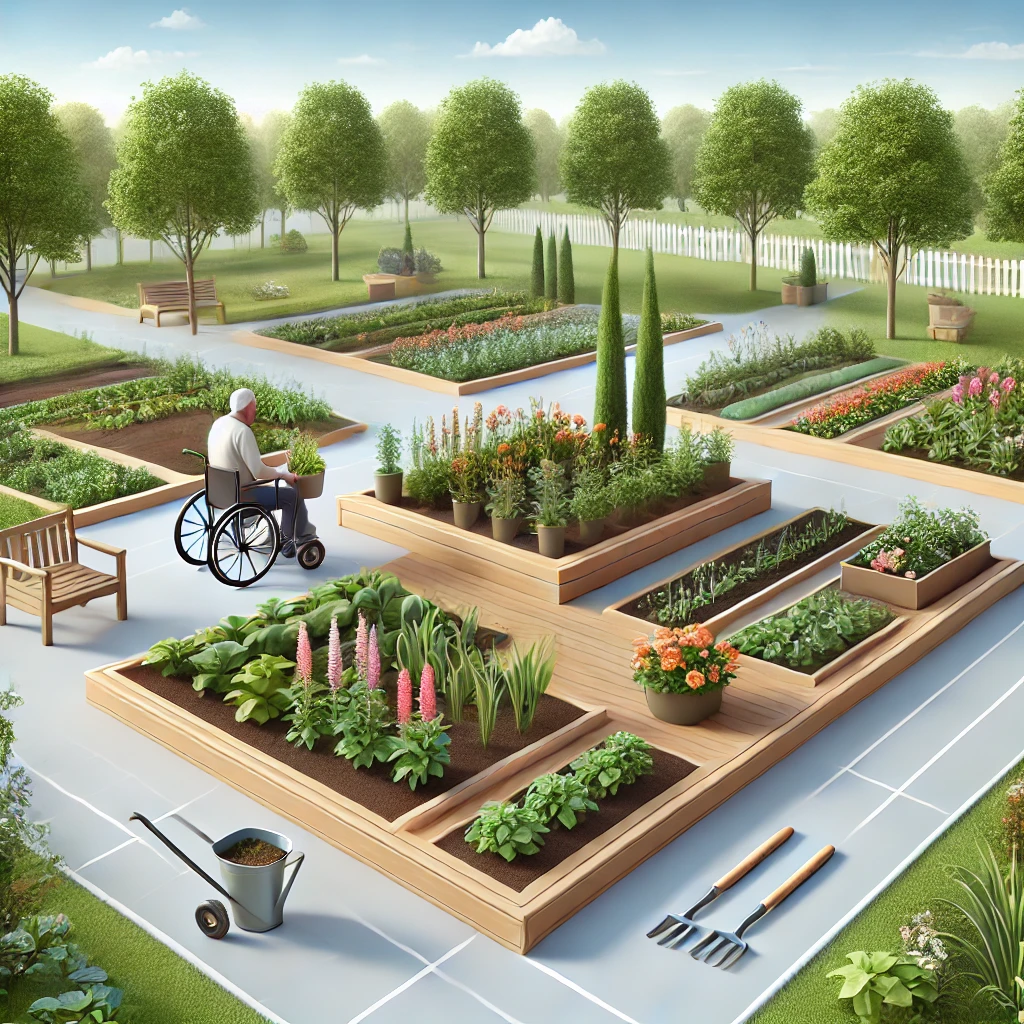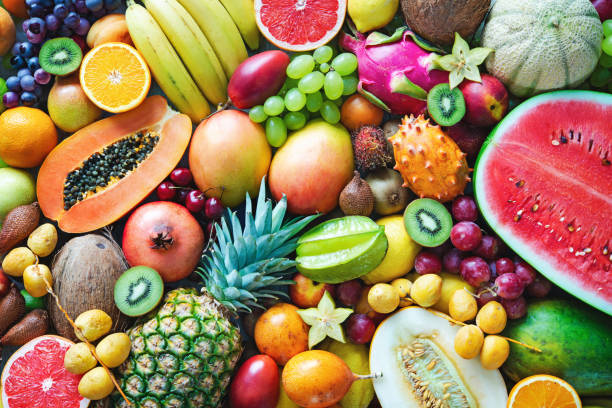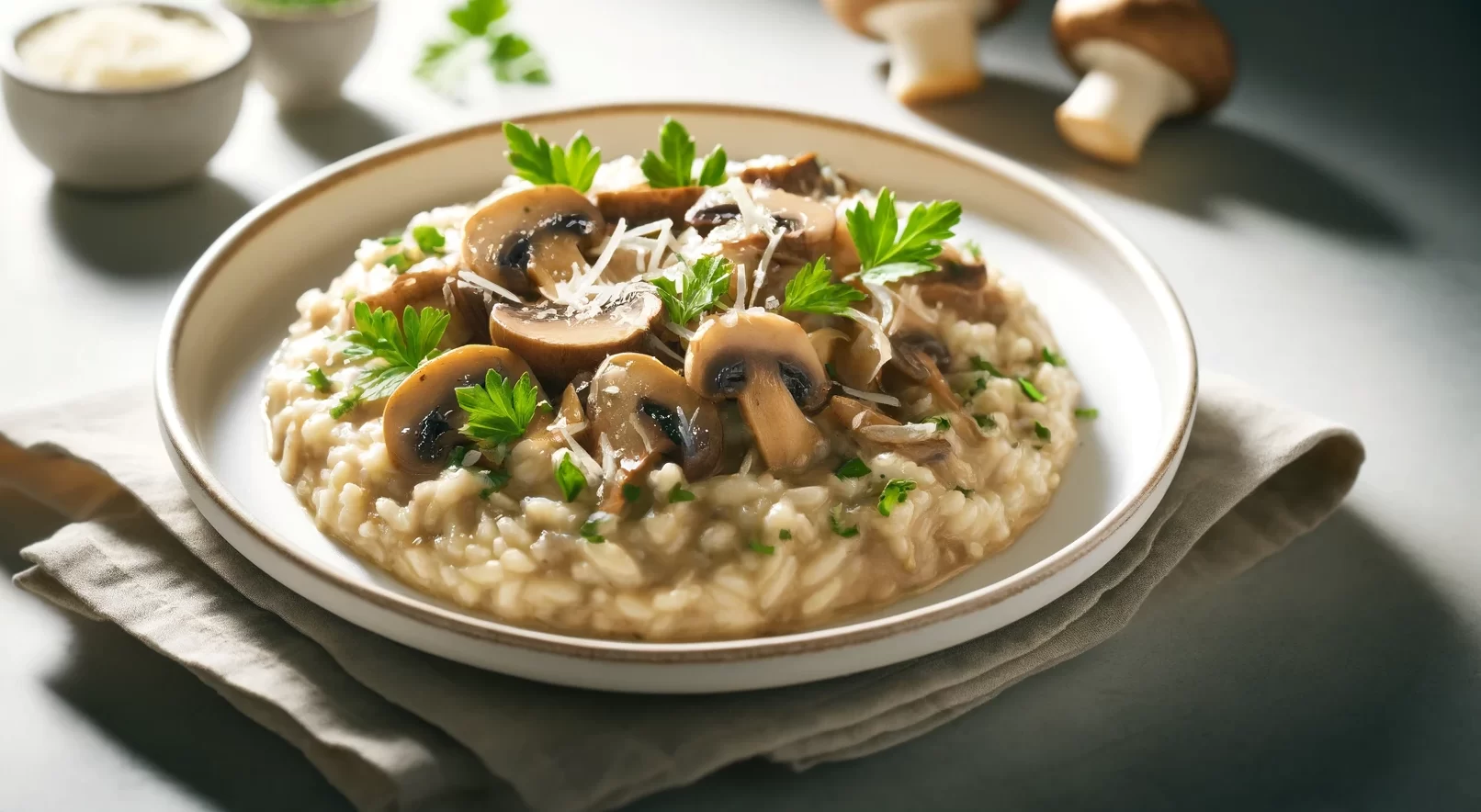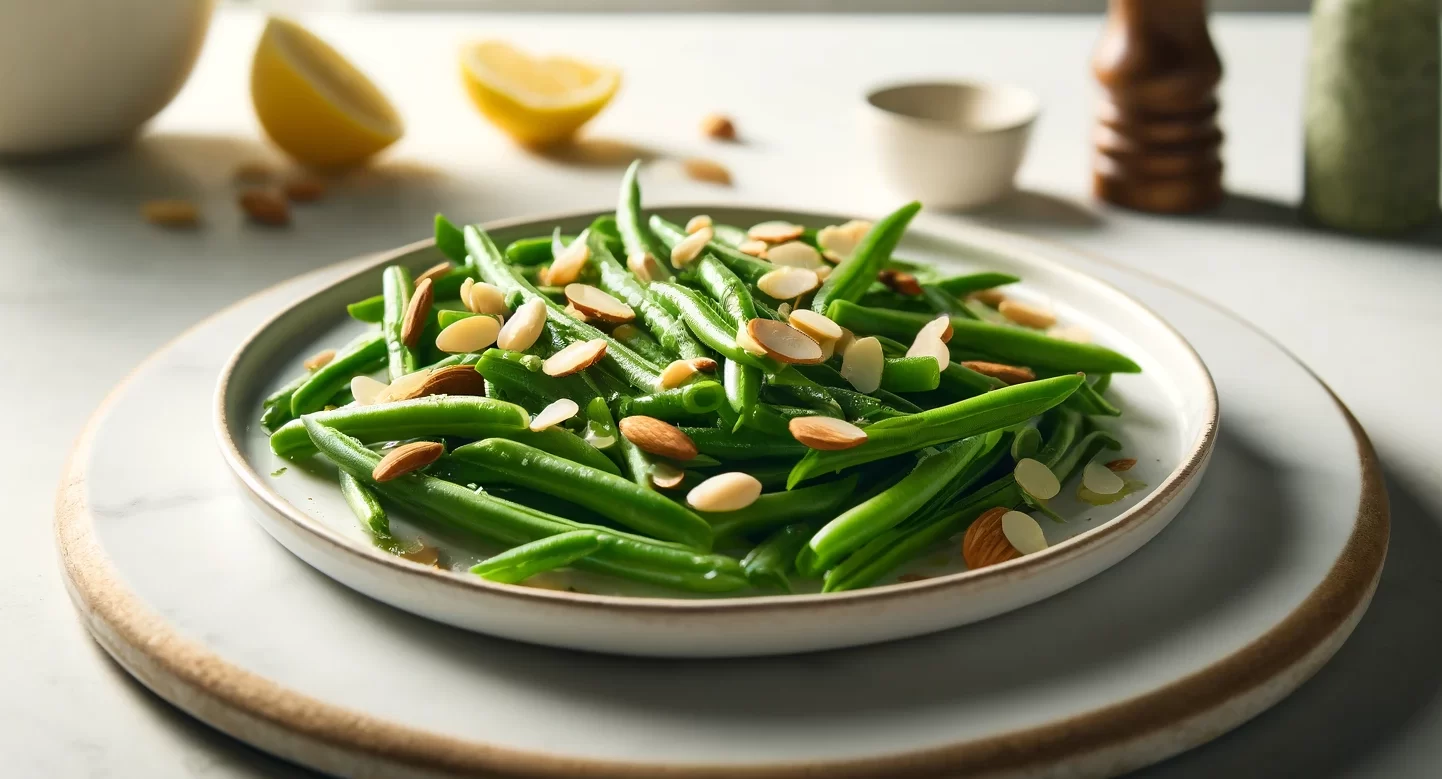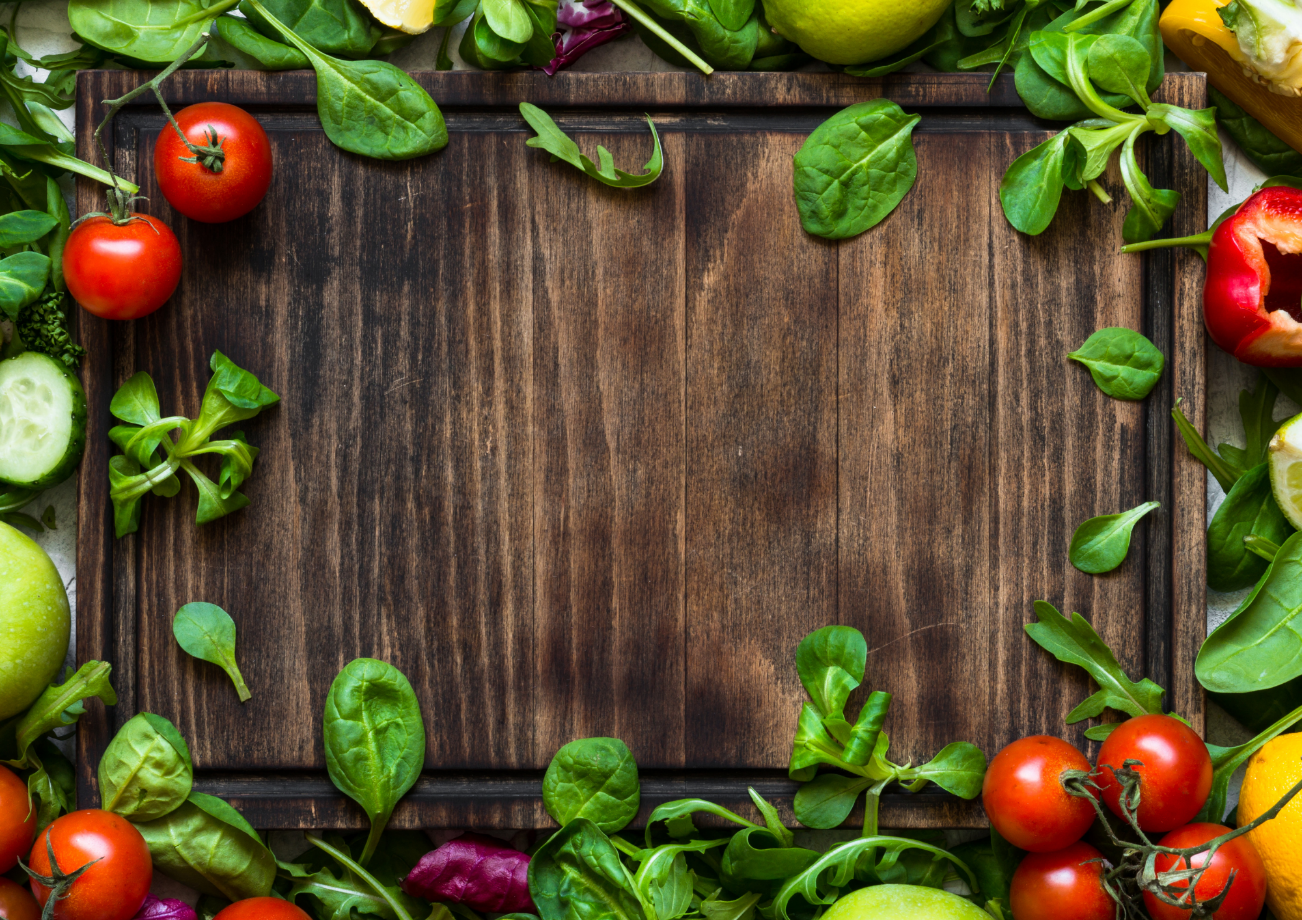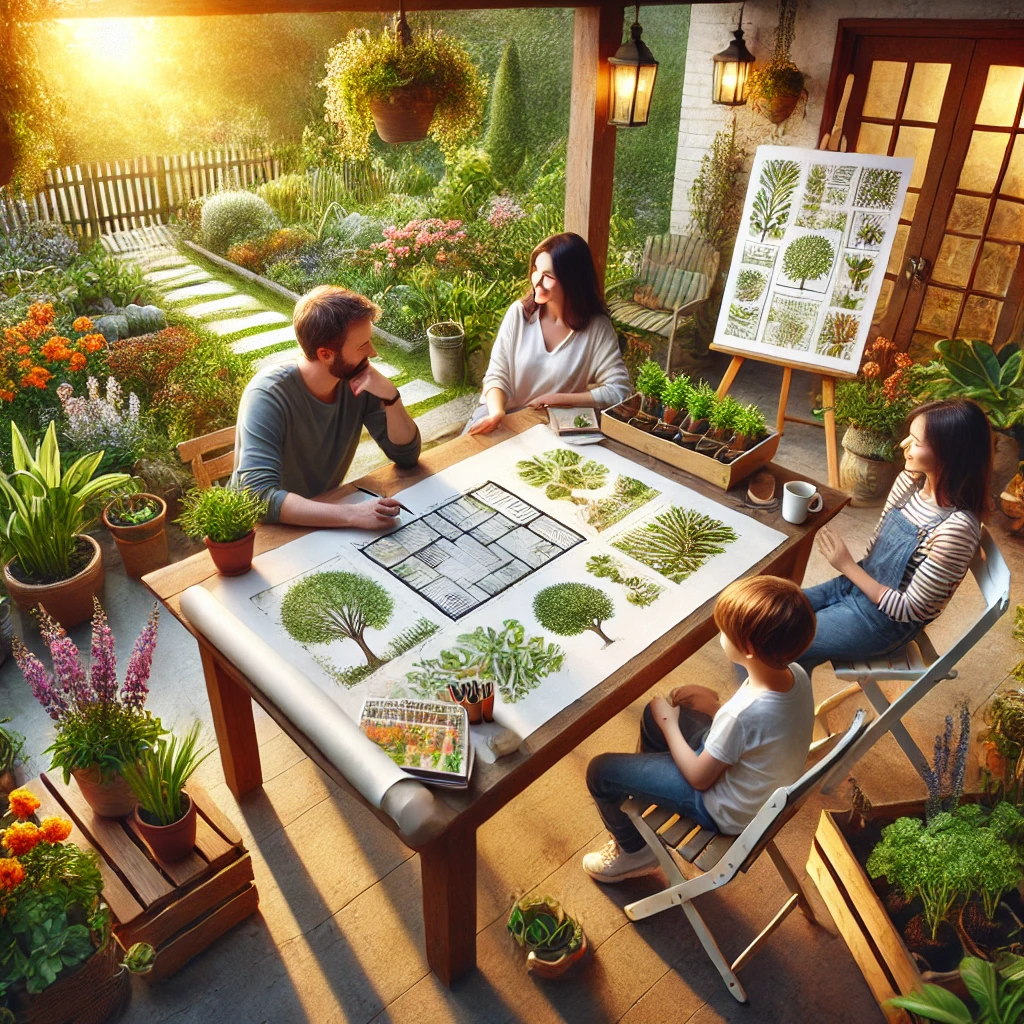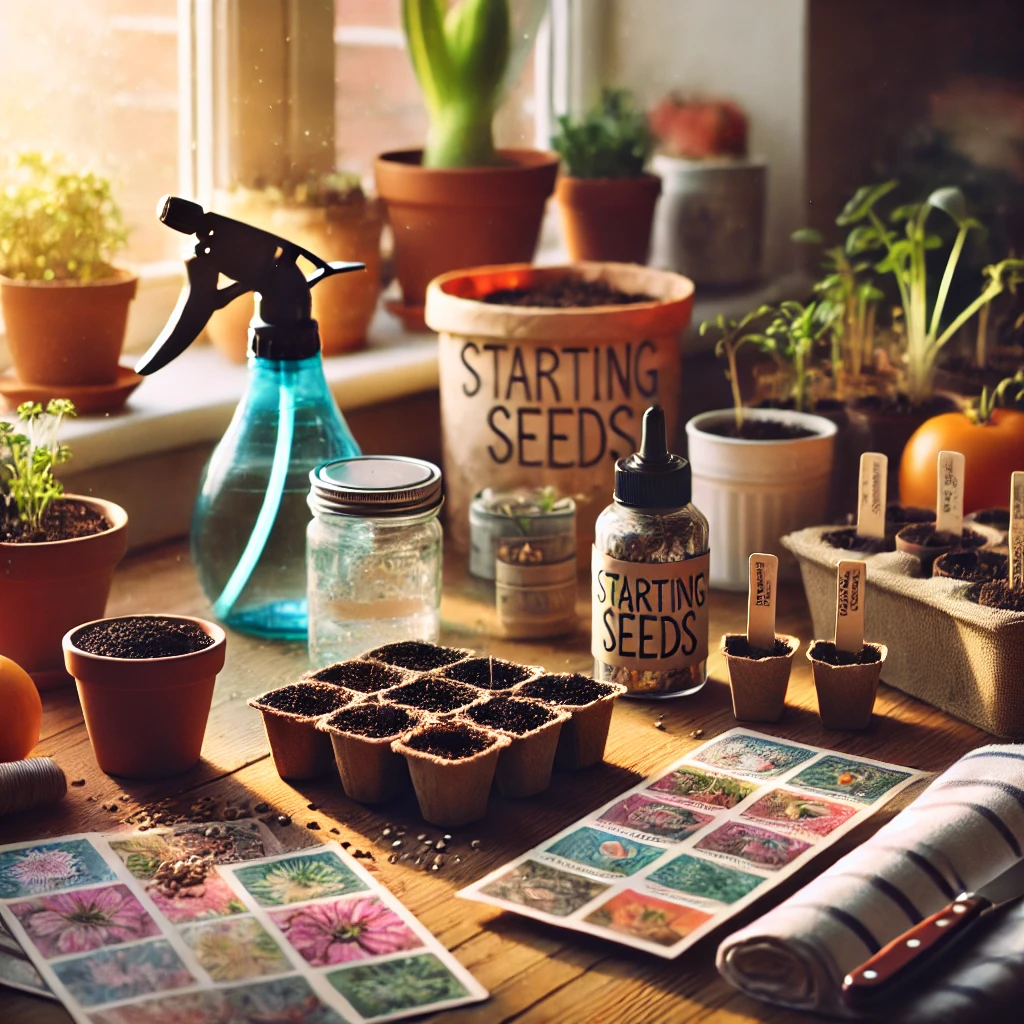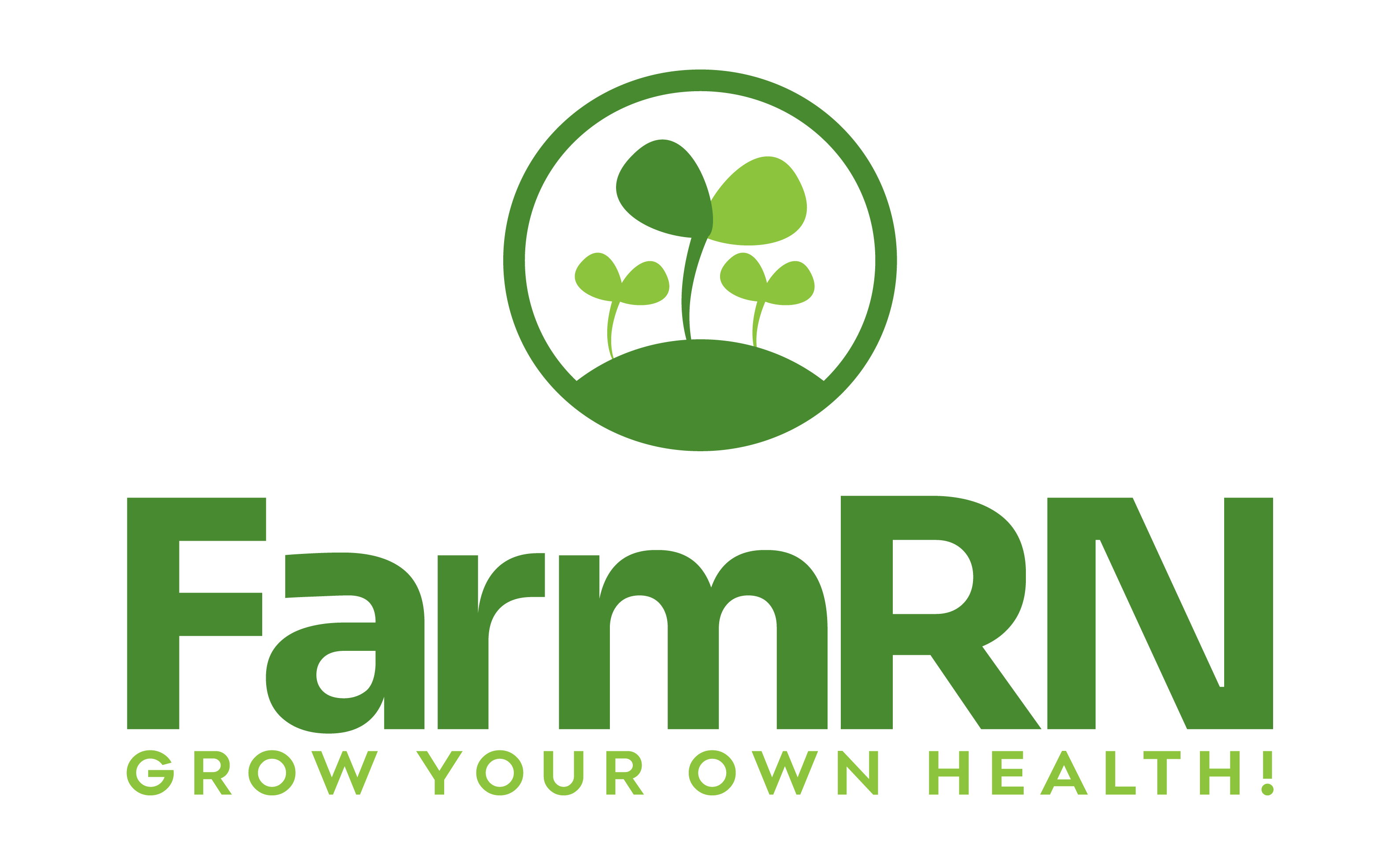Embarking on the journey of edible landscaping marries the utility of growing your own nutritious food with the aesthetic appeal of a thoughtfully designed garden. As a health-conscious parent and seasoned nurse, I’ve ventured into this delightful realm, discovering its profound impact on our family’s wellness and connection to nature. Edible landscaping is not just about cultivating food; it’s about creating a living space that inspires, educates, and flourishes. This guide aims to explore the transformative power of integrating edible plants into your garden, offering a sustainable, beautiful, and healthful approach to gardening that enriches both your plate and your landscape.
Nutritional Bounty at Your Doorstep
Embracing edible landscaping means inviting a wealth of nutrition to your doorstep. This method of gardening ensures that your family enjoys the freshest possible ingredients, directly influencing your meals’ quality and nutritional value. The process of planning, planting, and nurturing edible plants—from leafy greens and succulent berries to aromatic herbs and root vegetables—provides a diverse array of vitamins, minerals, and antioxidants essential for health.
The beauty of growing your own produce lies in the control it offers over your food source. You decide what goes into your soil and onto your plants, allowing for an organic approach free from harmful pesticides and fertilizers. This not only guarantees cleaner produce but also contributes to a healthier ecosystem in your backyard.
Moreover, the act of gardening itself is a physical activity that promotes well-being. It encourages outdoor time, physical exercise, and moments of mindfulness. The garden becomes a space of wellness, where the act of caring for plants translates into care for oneself and one’s family.
The nutritional benefits extend beyond the body to the mind. Gardening has been shown to reduce stress, improve mood, and enhance psychological well-being. The garden, with its edible bounty, becomes a source of nourishment for both the body and the soul.
Educational Opportunities for Children
Integrating edible plants into your garden offers unparalleled educational opportunities for children. This living classroom introduces young minds to the wonders of the natural world, the cycle of life, and the importance of sustainable living. Children learn first-hand where their food comes from, the effort required to grow it, and the value of caring for the environment.
Through gardening, children develop a sense of responsibility and pride in nurturing plants from seed to harvest. They witness the growth process, understand the impact of weather and seasons, and learn about the biodiversity that a garden supports. This hands-on experience with the natural world fosters curiosity, encourages scientific inquiry, and instills a lifelong appreciation for nature.
Moreover, edible landscaping teaches children valuable life skills such as patience, perseverance, and teamwork. As they work alongside family members, they learn to plan, problem-solve, and collaborate, skills that are beneficial beyond the garden.
The garden also becomes a place of creativity and imagination. Children can explore garden design, experiment with plant combinations, and discover the beauty of nature’s palette. This creative freedom not only enhances the garden’s aesthetic appeal but also encourages children to think innovatively and appreciate beauty in everyday life.
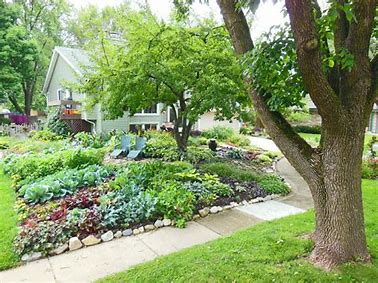
Enhanced Beauty and Biodiversity
Edible landscaping transforms the garden into a tapestry of colors, textures, and scents. This approach combines the functional with the ornamental, creating a landscape that is as beautiful as it is productive. Edible plants, with their varied foliage, flowers, and fruits, contribute to a visually dynamic garden that evolves throughout the seasons.
Incorporating edible plants into your landscape design enhances the garden’s aesthetic appeal and biodiversity. A diverse selection of plants attracts a variety of pollinators and beneficial insects, which play a crucial role in the garden’s health and productivity. This natural ecosystem supports pollination, aids in pest control, and contributes to the balance of the garden’s environment.
Moreover, edible landscapes can be designed to complement the architectural style of your home, creating a cohesive and appealing outdoor space. From formal designs with geometric planting beds to more natural, cottage-style gardens, edible plants can be integrated into any landscape style.
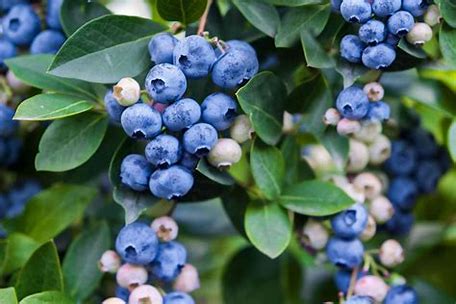
The visual appeal of an edible garden extends the enjoyment of your outdoor space. It becomes a place of beauty and relaxation, where the colors of ripening fruits and the textures of leafy greens provide a feast for the eyes. The garden is no longer just a place to grow food; it’s a sanctuary of beauty that enhances your home and your quality of life.
Sustainability and Environmental Stewardship
Edible landscaping embodies the principles of sustainability and environmental stewardship. By choosing to grow food in our own backyards, we reduce the demand for commercially grown produce and the associated environmental costs of transportation and packaging. This practice supports local ecosystems and contributes to the reduction of our carbon footprint.
Organic gardening practices, often associated with edible landscaping, promote soil health and biodiversity. The use of compost, natural mulches, and organic pest control methods enriches the soil, supports microbial life, and ensures that the garden is free from harmful chemicals. This not only benefits the plants and produce but also the wider environment, including the insects, birds, and wildlife that visit our gardens.
Water conservation is another key aspect of sustainable edible landscaping. Techniques such as drip irrigation, rainwater harvesting, and the selection of drought-tolerant plants minimize water usage, preserving this vital resource.
Edible landscaping also encourages the preservation of heirloom and native plant varieties, contributing to genetic diversity and the resilience of our food systems. By choosing diverse plant varieties, gardeners can help protect plant heritage and ensure a rich array of produce for future generations.
Conclusion
Edible landscaping transcends traditional gardening by weaving together the nourishment of our bodies, the enrichment of our minds, and the beauty of our living spaces. It’s a testament to how our choices in the garden can reflect a deeper commitment to health, education, sustainability, and aesthetic joy. As we cultivate edible plants, we also nurture our families, offering lessons in nature’s cycles, the importance of biodiversity, and the art of mindful living. Whether you’re a seasoned gardener or new to the soil, the journey of edible landscaping is one of discovery, growth, and connection.
If you’re inspired to transform your garden into a space that combines utility with beauty, join our community. Sign up for our newsletter for more insights into sustainable living, gardening tips, and ways to bring the principles of edible landscaping into your life. Together, let’s grow gardens that feed our bodies, souls, and the earth.
